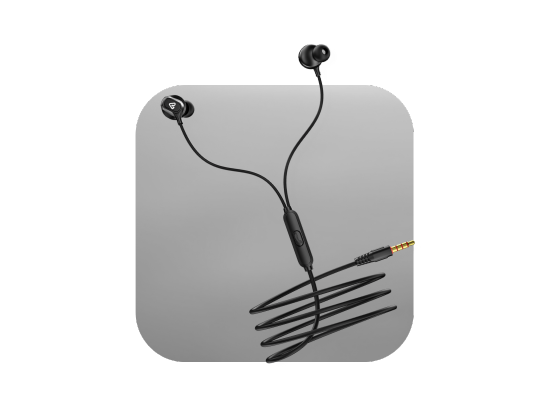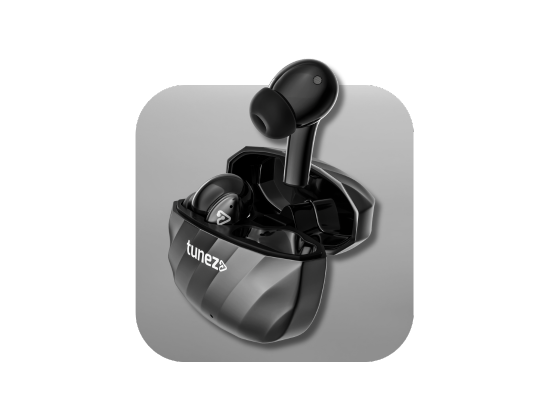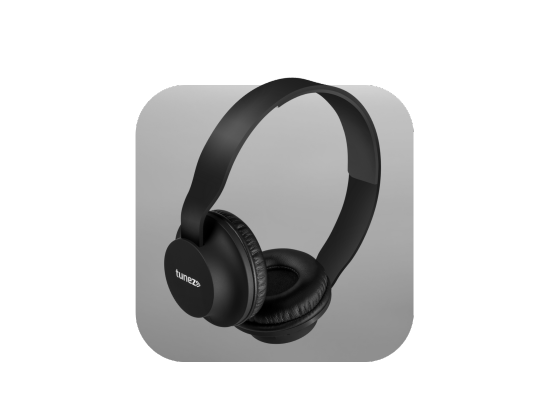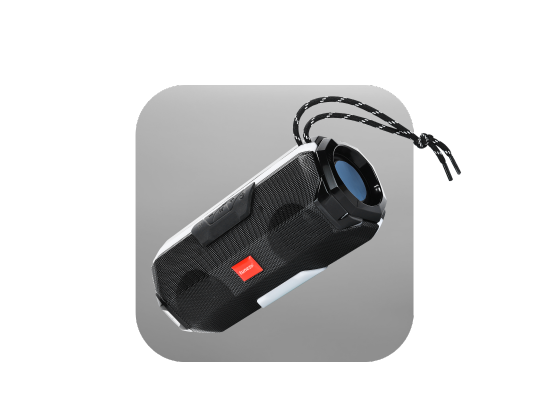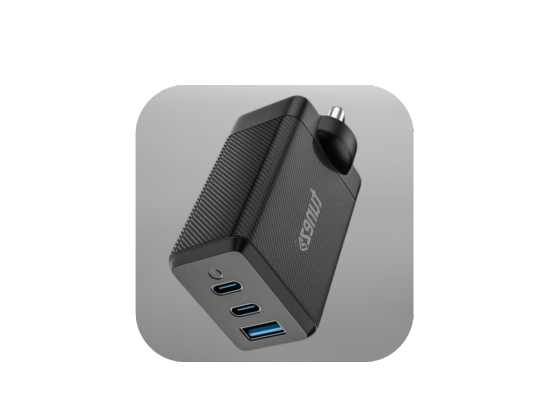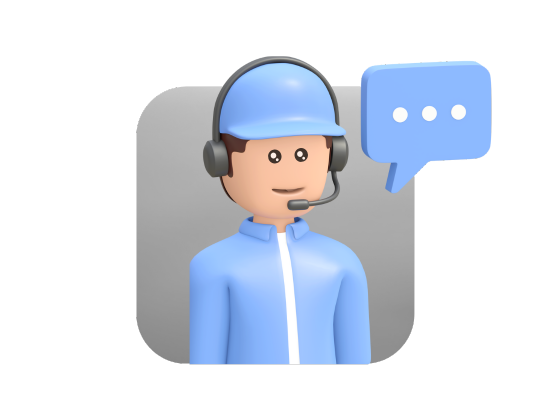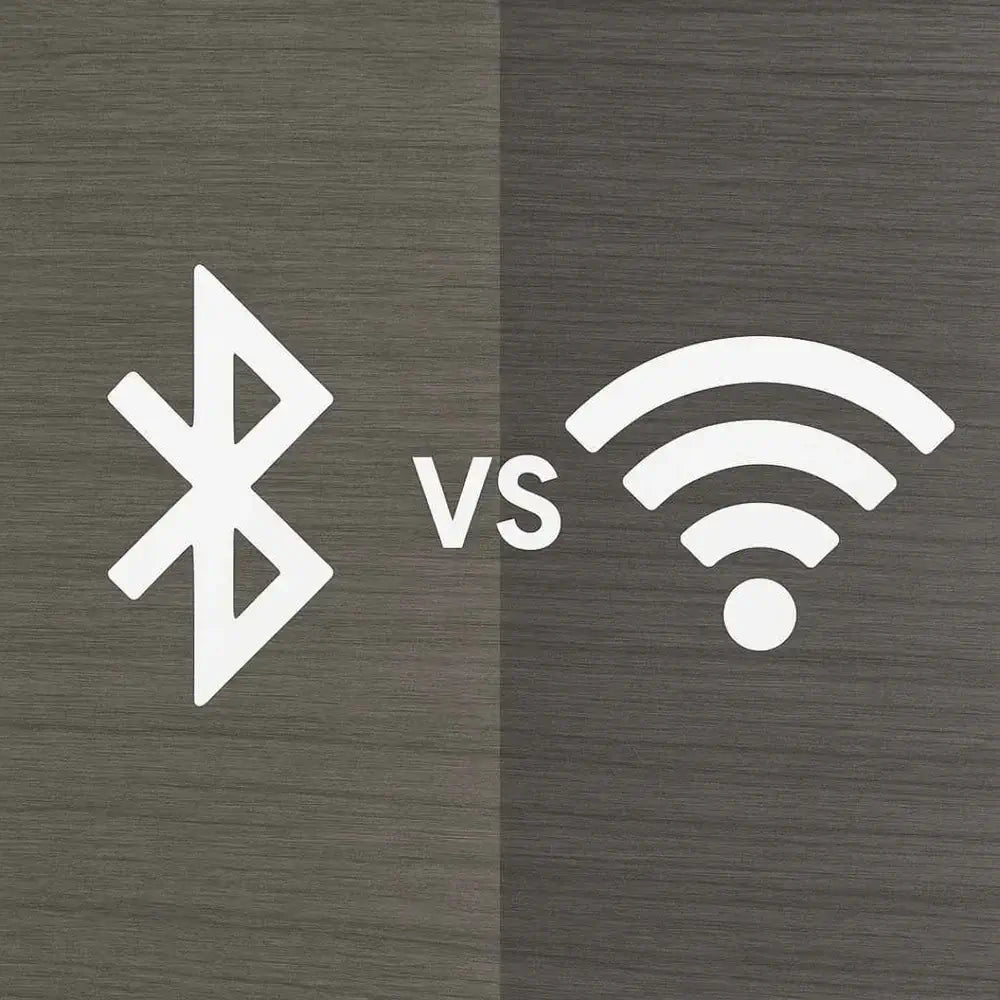Bluetooth has become an invisible thread connecting our digital world — from your phone syncing with wireless earbuds to smartwatches tracking your steps. But what is Bluetooth technology, and how does it actually make devices “talk” to each other without cables? Let’s dive deep into this fascinating wireless world.
Understanding Bluetooth Technology
Bluetooth technology is a short-range wireless communication method that allows electronic devices to connect and share data using low-power radio waves. It operates within the 2.4 GHz ISM band — the same spectrum used by Wi-Fi and microwaves — but uses a unique system called frequency hopping to avoid interference.
Simply put, Bluetooth eliminates the need for physical cables between devices like smartphones, laptops, headphones, and speakers, creating a Personal Area Network (PAN) that enables seamless data and voice exchange.
Buy wireless neckbands for seamless audio performance combining clear sound deep bass and long battery life for an all day listening experience you will love.
How Does Bluetooth Technology Work?
At its core, Bluetooth wireless technology works by transmitting data over radio waves. When two Bluetooth-enabled devices pair, they create a small network called a piconet, where one acts as the master and the others as slaves.
Here’s a simple breakdown of how it works:
- Radio Waves: Operates at a 2.4 GHz frequency for short-distance communication (typically up to 10 meters).
- Pairing Process: Devices must be paired once to recognize and connect securely in the future.
- Frequency Hopping: Bluetooth constantly switches between 79 channels to reduce interference.
- Data Transmission: Once connected, it allows real-time sharing of data, audio, or commands wirelessly.
This is why you can walk around your room while your phone stays on the table — your Bluetooth headphones maintain the link effortlessly.
Buy true wireless earbuds that combine long battery life quick pairing and stylish design so you enjoy nonstop entertainment with no wires holding you back.
Key Features of Bluetooth Technology
Bluetooth technology stands out for its simplicity, reliability, and versatility. Below are some of its key features you should know about:
- Short-Range Connectivity: Works efficiently within 10 meters (can extend to 100 meters in newer versions).
- Low Power Consumption: Ideal for portable devices and wearables due to its energy-efficient design.
- Universal Compatibility: Supported by almost all modern smartphones, computers, and accessories.
- Data & Voice Support: Enables hands-free calling, music streaming, and file sharing.
- Security: Uses encryption and authentication protocols to ensure safe connections.
- Bluetooth Low Energy (BLE): Designed for Internet of Things (IoT) devices needing minimal power, like fitness trackers and smart sensors.
Buy wireless headphones offering deep bass long battery backup and seamless connectivity to enjoy immersive sound wherever your routine takes you every day.
Applications of Bluetooth Technology
The application of Bluetooth technology goes far beyond just connecting headphones. It powers countless modern conveniences we often overlook.
Here are some common and advanced uses:
1. Everyday Connectivity
- Wireless audio: Connecting headphones, earbuds, and speakers to smartphones.
- File transfer: Sharing images, songs, and documents between devices.
- Peripheral connections: Linking keyboards, mice, and printers to computers.
2. Automotive & Smart Living
- Hands-free calling: Bluetooth car systems allow safe communication while driving.
- Smart homes: Enable control of smart lighting, door locks, and thermostats.
- Health tracking: Used in smartwatches, medical sensors, and fitness bands.
3. Industrial & IoT Applications
- Asset tracking: BLE beacons help businesses track inventory or location-based data.
- Manufacturing automation: Machines communicate wirelessly to increase efficiency.
Bluetooth has truly become the backbone of the connected world, quietly running behind our daily activities.
Buy Bluetooth speakers that combine wireless convenience with rich sound and durable build perfect for travel parties and everyday use wherever you are.
The Future Of Bluetooth Technology
The future of Bluetooth technology is promising, especially as the world moves toward smart cities, autonomous vehicles, and interconnected ecosystems.
Here’s what’s ahead:
- Higher Speeds: Bluetooth 5.4 and future versions promise faster data rates and extended range.
- Enhanced IoT Integration: More Bluetooth-powered sensors and devices for health, home, and industry.
- Better Security: Continuous updates to encryption protocols to prevent data breaches.
- Energy Efficiency: Further optimization of Bluetooth Low Energy for battery-powered devices.
- Bluetooth Mesh Networking: Will enable thousands of devices to communicate across large spaces — perfect for smart factories and connected buildings.
Bluetooth is evolving from a personal connectivity tool into a global communication standard that powers modern innovation.
Advantages And Limitations
Like any technology, Bluetooth has its strengths and constraints.
Advantages:
- Easy and quick to set up
- Cost-effective and energy-efficient
- Works through walls and obstacles
- Supports both data and audio transmission
Disadvantages:
- Limited range and speed compared to Wi-Fi
- Vulnerable to hacking if not secured properly
- Slower file transfers for large data
Despite a few limitations, its universal presence and continuous improvements make Bluetooth an essential part of digital life.
Conclusion
In summary, Bluetooth technology is the quiet force behind wireless convenience in our lives. From music streaming to smartwatches and industrial automation, its applications continue to expand with each generation. As new innovations like Bluetooth Mesh and Low Energy evolve, the future holds even more exciting possibilities for this ever-growing wireless ecosystem.
Buy smart watches offering health monitoring customizable designs and smart notifications making them the perfect partner for your daily lifestyle.
FAQs About Bluetooth Technology
1. What is Bluetooth wireless technology used for?
It’s used for connecting and exchanging data between devices like phones, speakers, and computers without cables.
2. How does Bluetooth technology work?
Bluetooth works by sending data over 2.4 GHz radio waves between paired devices within a short range.
3. What are the main features of Bluetooth technology?
It offers low power use, short-range communication, easy pairing, and secure data transmission.
4. What are the key applications of Bluetooth technology?
Common uses include wireless audio, smart home devices, and fitness trackers.
5. What is the future of Bluetooth technology?
Future developments include faster speeds, stronger security, and wider IoT adoption.

